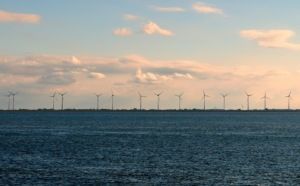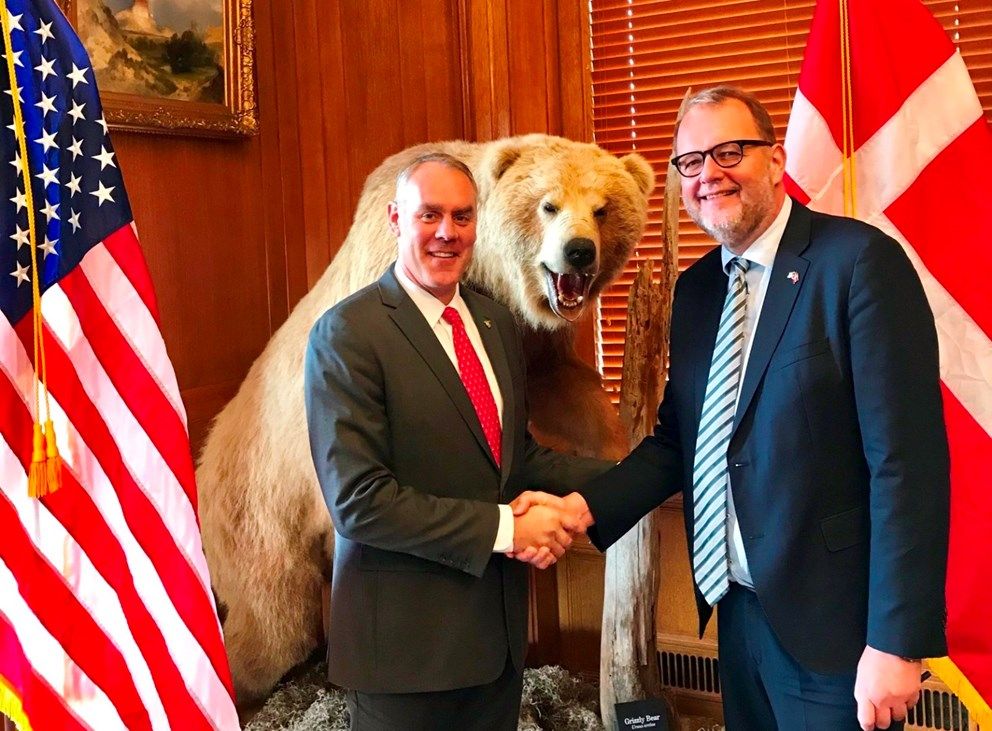News
Denmark signs offshore wind energy deal with the US
This article is more than 8 years old.
Danish expertise can help US reach its immense wind power potential

Fanning experience and knowledge across the Atlantic (photo: Pixabay)
Despite the immense potential for wind energy sources along the US coastline, there are just five offshore wind turbine parks along the entire US coast generating only 30 MW. But Denmark in on hand to help change that.
The energy and climate minister, Lars Christian Lilleholt, met with US secretary of the interior Ryan Zinke in Washington DC yesterday to formalise a new wind energy agreement between the two countries.
“Being able to formally co-operate with the Trump administration concerning wind energy is a huge scoop. Denmark is a small country, but when it comes to wind energy, we are a superpower,” said Lilleholt.
“We were the first nation in the world to erect wind turbines in the sea over 25 years ago in 1991, and since then Danish energy firms have led the way in offshore wind energy.”
READ MORE: Denmark is the undisputed OECD wind energy champ
Potential versus investment
Lilleholt contends that offshore wind energy holds many benefits for the US. As well as being a clean energy source, prices are tumbling at the moment, there is a high level of supply security and a vast vein of jobs for the wind industry.
The co-operation will initially revolve around the exchange of experience and knowledge regarding how the US can expand its energy supply with more offshore wind turbines, which are more affordable today than ever before and are increasingly competitive in comparison to other energy sources.
Lilleholt also invited Zinke to visit Denmark next year to have a first-hand experience of Denmark’s experiences and solutions within offshore wind energy.
In 2015, 42 percent of Denmark’s entire electricity demand was covered by energy obtained through wind turbines and the country has an overall capacity of 1.3 GW.
The US Department of Energy has estimated that 35 percent of the US electricity will be produced by wind energy by 2050 – one fifth of that will be from offshore wind energy. But for that to occur, investment of 400 billion US dollars is required.











































